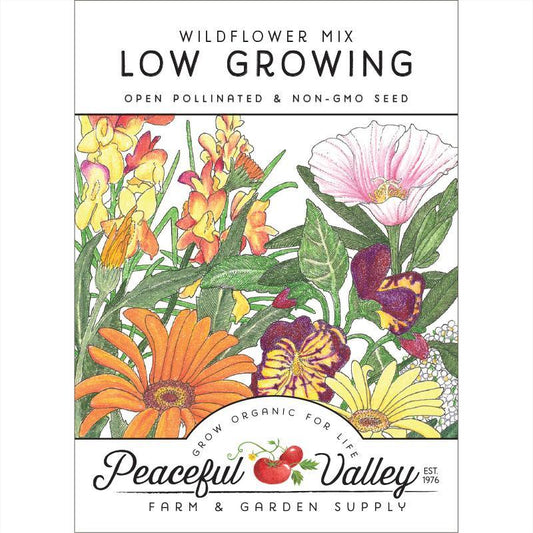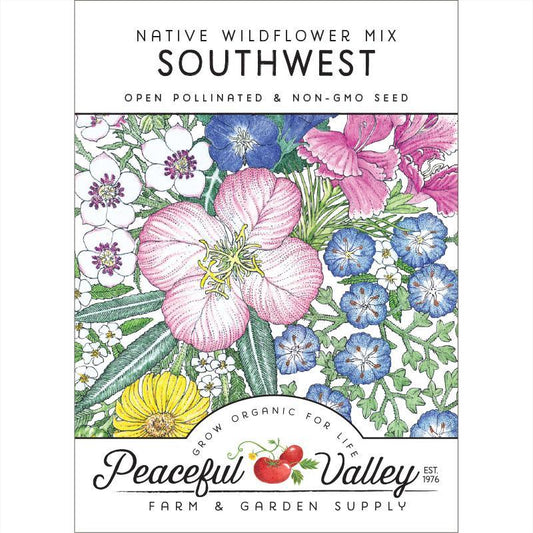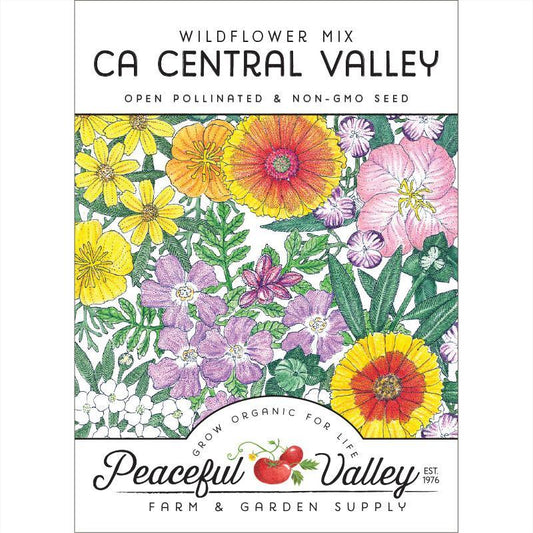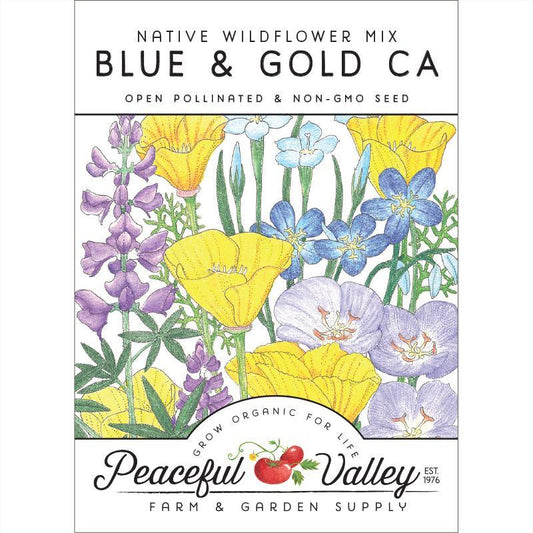Growing Native Wildflowers from Seed to Support Pollinators
Native wildflowers are not only a beautiful addition to your landscape but also play a crucial role in supporting local ecosystems and pollinators. Growing native wildflowers from seed is an eco-friendly and rewarding way to enhance your garden while providing essential resources for bees, butterflies, and other pollinating insects. In this guide, we will explore the benefits of native wildflowers, the process of growing them from seed, and some versatile native wildflower varieties that thrive across different regions of the United States.
The Importance of Native Wildflowers
Native wildflowers are plants that have evolved in a specific region over thousands of years, making them perfectly adapted to the local climate, soil, and wildlife. Unlike non-native or exotic plants, native wildflowers offer numerous benefits:
- Biodiversity: Native wildflowers support a diverse range of wildlife, from insects to birds and small mammals. They provide food and habitat for numerous species from your wildflower garden.
- Erosion Control: Native wildflowers have deep root systems that help prevent soil erosion, making them excellent choices for stabilizing slopes and controlling runoff.
- Low Maintenance: Once established, native wildflowers require minimal care, including less water and fertilizer compared to many exotic plants.
- Pollinator Support: Native wildflowers are an essential source of nectar and pollen for pollinators like bees, butterflies, and hummingbirds. By planting them, you contribute to the health of these vital creatures.
Growing Native Wildflowers from Seed
- Research Your Local Ecosystem: Before selecting native wildflowers to grow, it's essential to research your region's native plant species and their specific requirements. Local nurseries, native plant societies, and extension offices can be valuable resources for this information.
- Choose the Right Seeds: Select native wildflower seeds that are suitable for your specific climate, soil type, and growing conditions. You can find native wildflower seed mixes designed for various regions.
- Prepare the Site: Native wildflowers thrive in well-drained, sunny locations. Prepare your planting site by removing weeds, debris, and any invasive plants. Loosen the soil to a depth of about 6-8 inches and amend it with organic matter if necessary.
- Planting Seeds: Follow the planting instructions provided on the seed packets. In general, scatter the seeds evenly over the prepared soil and lightly press them into the ground. Water the area gently to help settle the seeds.
- Mulch and Water: Applying a light layer of mulch can help retain moisture and suppress weeds. Water the newly planted seeds regularly, keeping the soil consistently moist but not waterlogged until the wildflowers are established.
- Patience is Key: Native wildflowers may take some time to germinate and establish themselves. Be patient and allow nature to take its course.
Attracting Pollinators In A Wildflower Garden
Wildflowers are a diverse group of plants that attract a wide range of pollinators, making them essential for supporting local ecosystems. Common pollinators drawn to wildflowers include bees (such as honeybees, bumblebees, and solitary bees), butterflies, moths, hummingbirds, beetles, and flies. These pollinators are attracted to the wildflowers' nectar and pollen, which serve as their primary food sources.
Different wildflower species have unique characteristics that appeal to specific pollinators. For instance, tubular-shaped flowers like those of Penstemon are well-suited for hummingbirds, while open-faced flowers like those of daisies are popular among various bee species. The diversity of wildflower shapes, colors, and flowering times ensures a continuous supply of food for pollinators throughout the growing season. By planting a variety of native wildflowers, you can create a pollinator-friendly garden that not only adds beauty to your landscape but also plays a crucial role in supporting these essential creatures.
Versatile Native Wildflower Varieties
Here are some native wildflower varieties that grow well across different regions of the United States:
- Black-Eyed Susan (Rudbeckia hirta): This cheerful wildflower features bright yellow petals with a dark brown center. It is drought-tolerant and attracts a wide range of pollinators.
- Butterfly Milkweed (Asclepias tuberosa): A favorite of monarch butterflies, this orange-flowered milkweed is a must for butterfly gardens. It thrives in well-drained soils and full sun.
- Eastern Purple Coneflower (Echinacea purpurea): Known for its striking purple petals and raised cone-shaped centers, this coneflower is not only a pollinator magnet but also has medicinal properties.
- Wild Bergamot (Monarda fistulosa): Also known as bee balm, this native wildflower boasts lavender to pinkish-purple flowers that attract bees, butterflies, and hummingbirds. It prefers moist soils.
- Blanket Flower (Gaillardia aristata): With its vibrant red and yellow petals, the blanket flower is a stunning addition to any garden. It thrives in sunny, well-drained locations and is loved by pollinators.
- New England Aster (Symphyotrichum novae-angliae): This late-season bloomer offers beautiful purple or pink flowers and is a valuable nectar source for bees and butterflies in the fall.
- Prairie Coneflower (Ratibida columnifera): This drought-tolerant wildflower features drooping, cone-shaped centers surrounded by yellow petals. It's a favorite of native bees and butterflies.
- Wild Lupine (Lupinus perennis): Wild lupine's spiky blue flowers are attractive to bees and other pollinators. It prefers sandy, well-drained soils and is commonly used for soil stabilization.
- Purple Prairie Clover (Dalea purpurea): This perennial wildflower produces dense spikes of purple-pink flowers and provides nectar for butterflies, bees, and beneficial insects.
- Goldenrod (Solidago spp.): Often wrongly blamed for causing allergies (it's actually ragweed), goldenrod boasts bright yellow blooms that are a vital late-season food source for pollinators.
Growing native wildflowers from seed is a sustainable and beneficial way to enhance your garden while supporting local ecosystems and pollinators. By choosing native species adapted to your region, you can create a beautiful and ecologically responsible landscape that benefits both wildlife and humans. Native wildflowers are not only a feast for the eyes but also a source of life for the many creatures that rely on them for food and habitat. So, get started on your native wildflower garden today, and watch as it blooms with beauty and biodiversity.
For more details, enjoy our blogs on when it is the best time to plant wildflowers.
 Sold out
Sold out Sold out
Sold out Sold out
Sold out





























